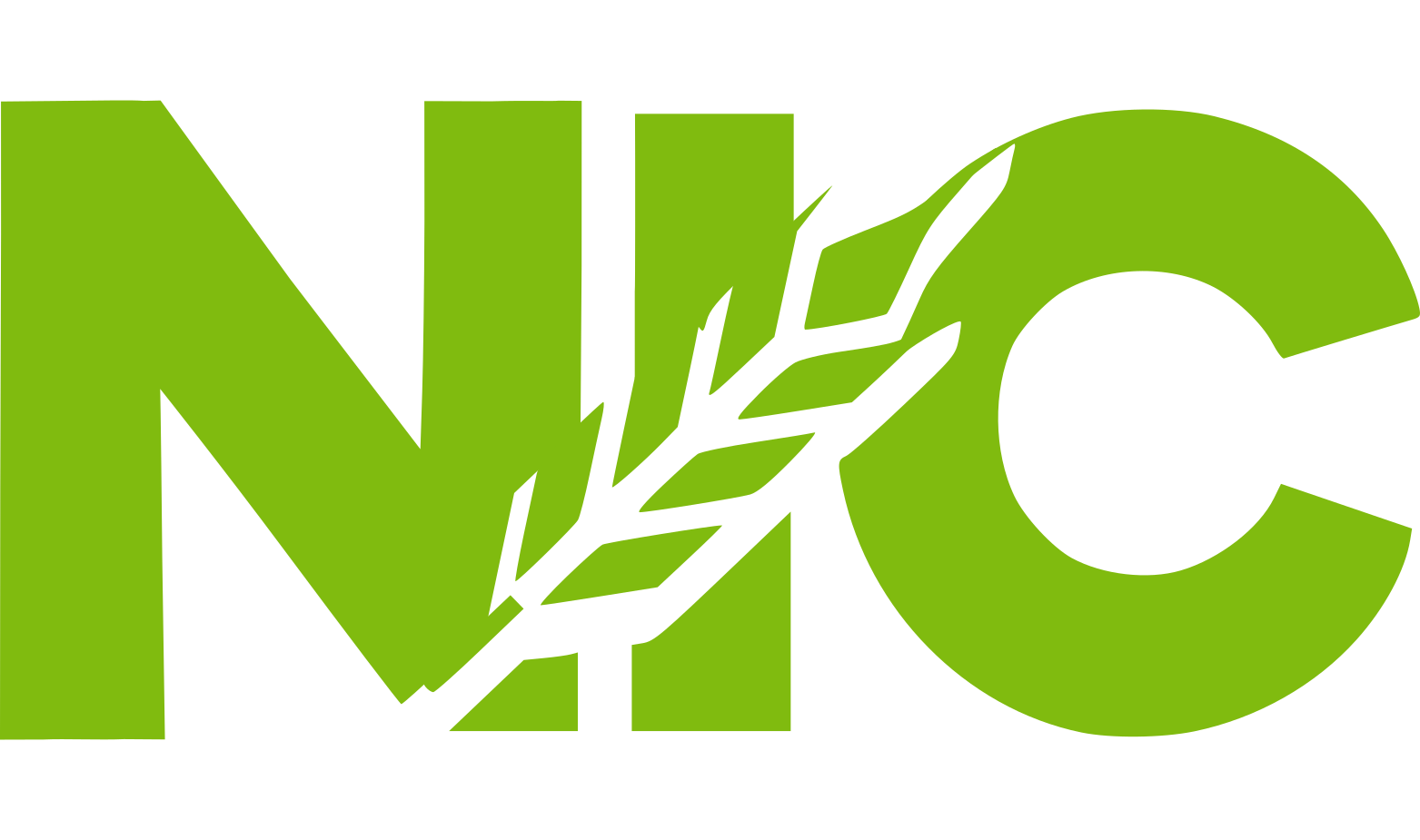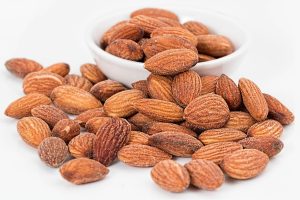
Innovative Packaging Solutions: Keeping Your Food Fresh

In the ever-evolving food industry, packaging plays a pivotal role in ensuring that food products remain fresh, safe, and appealing to consumers. At Nassar Investment Co. LLC, we recognize the importance of innovative packaging solutions in maintaining the quality of our packaged food products. With advancements in technology and a growing emphasis on sustainability, we are committed to utilizing state-of-the-art packaging methods that extend shelf life, reduce waste, and enhance food safety. In this blog post, we delve into the latest innovations in food packaging and how they help us deliver the freshest products to our customers.
1. Vacuum Sealing
Vacuum sealing is a widely used packaging technique that removes air from the package before sealing it. This method significantly extends the shelf life of food products by reducing the presence of oxygen, which is a key factor in the growth of spoilage-causing bacteria and mold. Vacuum-sealed packaging not only preserves the freshness and flavor of food but also prevents freezer burn and dehydration in frozen products.
At Nassar Investment Co. LLC, we use vacuum sealing for a variety of products, including meats, cheeses, and dried goods. This method is particularly effective for products that are sensitive to oxygen exposure, ensuring that our customers receive food that tastes as fresh as the day it was packaged.
2. Modified Atmosphere Packaging (MAP)
Modified Atmosphere Packaging (MAP) is an innovative technique that alters the composition of the internal atmosphere of the package to extend the shelf life of perishable products. By adjusting the levels of gases such as oxygen, carbon dioxide, and nitrogen, MAP can slow down the respiration rates of fresh produce and inhibit the growth of microorganisms.
We employ MAP for products like fresh fruits, vegetables, and ready-to-eat meals. This technology allows us to offer products with extended shelf life without the need for preservatives, maintaining their natural taste and nutritional value. MAP is particularly beneficial for products that are prone to rapid spoilage, providing our customers with longer-lasting freshness.
3. Active Packaging
Active packaging is an innovative approach that incorporates active compounds into the packaging material to interact with the food and improve its shelf life and safety. These active compounds can absorb oxygen, release antimicrobial agents, or control moisture levels within the package.
Nassar Investment Co. LLC uses active packaging for products that require additional protection to maintain their quality. For example, oxygen absorbers can be included in the packaging of snack foods to prevent rancidity, while antimicrobial agents can be used in the packaging of meat products to inhibit bacterial growth. This proactive approach to packaging helps ensure that our products remain safe and fresh throughout their shelf life.
4. Intelligent Packaging
Intelligent packaging, also known as smart packaging, involves the use of sensors and indicators to provide real-time information about the condition of the packaged food. These technologies can monitor factors such as temperature, humidity, and freshness, providing valuable insights to both manufacturers and consumers.



